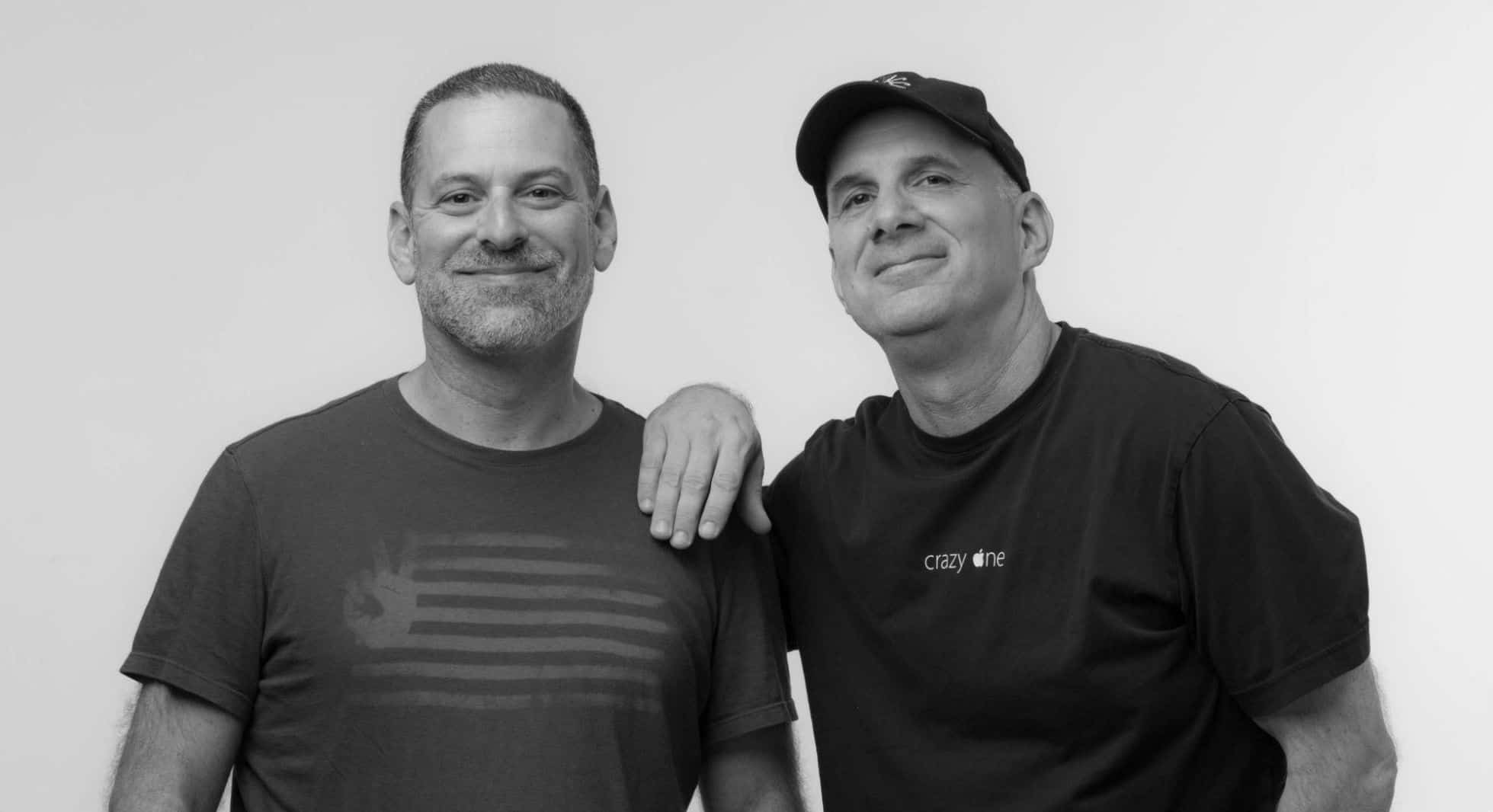Latest News
Everything you need to know about today’s music business if you come back after a long break

Music business
Has it been a long time since the last time you released a new album? Much has changed in the music industry, and it continues to change very quickly. Read this article to see where to start.
Chris Robley
“I haven’t released an album in 15 years. What has changed?”
If you are asking this question, let me congratulate you on your return to the world of music; welcome to a whole new game. Limp Bizkit and Creek no longer fight (or make music). Will Smith has stopped adapting 70s disco hits. And most kids now think “Everlast” is a drum brand.
On the other hand, a few things will be familiar to you. Eminem is on the radio. Evil corporations run the infrastructures for large live events and ticket sales. Most of the music is made with combinations of the same 12 notes. And artists still create music for people to listen to.
Finally, the size of an artist’s audience (as always) depends on a certain combination of talent, charisma, intelligence, hard work, and luck. This part of the business should be familiar to you too.
But there are ten important things that HAVE changed in the music industry in the last fifteen years:
1. Monetization comes with experiences, not sales
A decade ago, the money in music still came from CD sales and editorial royalties.
Formats have changed, of course, and we’ve seen the dominant trend shift from CD sales to MP3 downloads to streaming (through services like YouTube and Spotify), but the heart of it is this: monetizing music is no longer about convincing a fan to buy something.
For many people, ownership is somewhat dated. Today the social aspect of music is interesting. Now you can make money when you let your fans do something WITH your music, like:
* share it with your friends on social networks
* add it to a Spotify playlist
* create a video on YouTube that uses one of your songs
* and more
The lesson: don’t be stingy with your music, let people have it, love it, share it, and use it.
2. The media are not monolithic
Years ago, it was really important that your music is written on Rolling Stone, SPIN, The Source, etc. These channels had a huge impact on how music fans responded to new artists and new releases. Today there are many more channels (online and off), dedicated to each niche and each genre: so you have more opportunities to get media coverage. This is the good side. The bad thing is that those reviews no longer have the weight they had.
Because there are endless brands and endless blogs that want to write about your music, any review, interview or story will not echo in the music industry or among a large community of fans in the same way as 15 years ago. Even big online magazines like Pitchfork don’t have a magic wand: many bands they’ve praised have had little success in visible results (in terms of sustainability), while artists they’ve smashed have done pretty well.
The lesson: The music press is more diverse and its power is more diluted.
3.”Radio” can mean something completely different
Turn on your car radio and, yes, music still comes out of the speakers. But conventional, terrestrial (over the air) radio is no longer the only option for fans who want to discover new music programs. The most innovative and exciting music in almost any genre is playing elsewhere: satellite radio, online stations, personalized services like Pandora, podcasts, and so on.
To have a significant presence on mainstream radio as a freelance artist you would need a miracle, many tens of thousands of dollars, the right radio promoter, and yet another miracle. In contrast, not only is it possible for your music to reach radio stations and universities, as well as satellite and online radio, it is quite easy to do! But as in what he said about the media, playing on the radio on any of these channels will not be as powerful as a successful campaign on commercial radio.
The Lesson: You probably won’t be the new Katy Perry without the help of a great label, but, unlike 15 years ago, you CAN sound pretty and get a fan base thanks to non-commercial radio.
4. Stamps are the last resort
15 years ago, almost all the bands that were serious about reaching a large audience sought, and even needed (unless you were Fugazi) a contract with a major record label. Now, most bands understand that you can really do better financially by staying independent, owning the masters of your recordings, maintaining your editorial rights, and determining the course of your own career.
Clever indie artists like Macklemore and Ryan Lewis have been able to build professional teams around them for distribution, advertising, hiring, and more, all without having to sign a traditional contract with a large company. Today, the artist IS the seal.
The lesson: Being your own label is hard work, but you collect all the rewards.
5. Email is more important than social media.
If you were making music 15 years ago, you may have had some experience making a list of your fans’ email addresses. But you have missed (at least on the business side of things) the rise and fall of Myspace, as well as the rise and fall of interest in Facebook as a music marketing tool. Both examples demonstrate that social media trends come and go, internet habits change, but email remains. That’s why creating your email list should be your # 1 marketing priority. And one of the best places to start creating your email list is your own website, a place where YOU control the user experience.
The Lesson: The relationship between you and your fans should be owned… exclusively by you and your fans, NOT someone in Silicon Valley.
6. Your fans can help you finance your recordings, videos, and tours
… and I’m not just talking about buying your products, tickets, etc.
Platforms like Kickstarter, PledgeMusic, RocketHub, and IndieGoGo now allow artists to get funding for their projects more easily. Here’s the idea: Many fans make small donations that add up to a significant amount of money. Sounds like some make-up way of begging? Think again Crowdfunding (particularly when it comes to financing record projects) is basically a pre-purchase process in which your fans, friends, and family have the opportunity to buy your music in advance. They can also show their support, experience the satisfaction of helping you take your music to the world, AND receive interesting things in return.
The lesson: You don’t have to owe anything to a label (get your advance, support for the tour, and recording budget) to get your music out to the public. Now your fans can help you pay the bill – and the copyright remains yours.
7. Records are being made on computers that sound as good as studio records from the 1960s.
Technology! You no longer need a large room, state-of-the-art effects racks, and a $ 5,000 mic to create magical recordings. Certainly, nothing replaces the ears and experience of a good sound engineer, but now digital tools are affordable and at your fingertips to help you develop those technical and production skills yourself. Sometimes everything you need can even fit on an iPad, so you don’t need to pay rent for a huge studio, either.
The lesson: Home production still demands a good ear, but if you’re willing to work it out for yourself, you can record an album on your own that sounds as good as anything you’ve heard on the radio (except maybe a few classic ’70s albums, they will never be surpassed in terms of sound quality by anyone, anywhere, ever;)

8. You can get your music to be used in movies, TV shows, commercials, and video games
15 years ago, it was nothing short of unheard of for large film, TV, or video game producers to use independent music in their projects. Now it is the norm. Synchronization licenses have become one of the best ways, for independent artists, to earn money, followers, and credibility. The flip side of this, as with all new opportunities, is that EVERYONE is trying to do it, so you have a lot of competitors. And when they offer is high, the amount you charge for each appearance is usually lower because there are a million artists who would like to get that opportunity to be heard. In any case, in the case of television, you choose to earn more money in the form of royalties every time a program that uses your music is broadcast.
Another thing to keep in mind with timing is that it doesn’t matter what year your music is from. Unlike the radio, where DJs prefer the latest or greatest hits ever, music supervisors who choose songs for movies or TV don’t care about how old the music is (not even if it was released commercially at the time) They are only concerned that the song is suitable for a certain scene.
The lesson: Your entire record catalog can earn sync revenue, so it’s a good idea to have ALL your music in one sync license catalog.
9.YouTube could be the most important thing in your music career
YouTube has become the # 1 music search engine. It is also the favorite listening platform for younger music fans. In addition, YouTube videos are very easy to share on social networks. As someone who has been away for a while, you will be interested in having all your songs on YouTube; otherwise, you will be missing out on another chance to make money from your music (in the form of YouTube ad revenue). You don’t need to make a dozen fancy video clips, but you should think of, at the very least, uploading a few album cover videos for all songs.
The lesson: CD Baby has paid well over $ 1 million in YouTube ad revenue to independent artists (some artists earn up to $ 40,000); You should also be making money with YouTube.
10. For today’s artists, many sources of income form a river.
As I said before, monetization is increasingly related to experiences, and social music sites like Spotify and YouTube are making it easy for your fans to share your music. The more your music is shared, the more money you will earn.
That said, there are still millions of people on the planet who prefer to buy CDs, and many millions more who prefer vinyl (yes, vinyl, it’s back), so obviously you’re interested in continuing to offer your music in physical formats, especially if you have remnants of Stock from the last time you pressed vinyl years ago. In addition to digital and streaming music sales revenue, you should collect your global editorial royalties (including mechanical royalties), try to sync your songs, go on tour, use crowdfunding, and look for sponsorship and endorsement opportunities with related marks.
The lesson: to quote an investor cliche, “Diversify!” As a freelance artist, you will have MORE opportunities today than ever before to earn money from your music. But there is no single path to success; There is no one way to finance your career. You need to take advantage of every possible source of income. Together, they can become something big.
Sebastian was born and raised in the busy city of Abbottabad. As a journalist, Saad Mushtaq has contributed to many online publications including the PAK Today and the Huffing Post. In regards to academics, Saad Mushtaq earned a degree in business from the Abbottabad UST, Havelian. Saad Mushtaq follows the money and covers all aspects of emerging tech here at The Hear Up.Thanks










